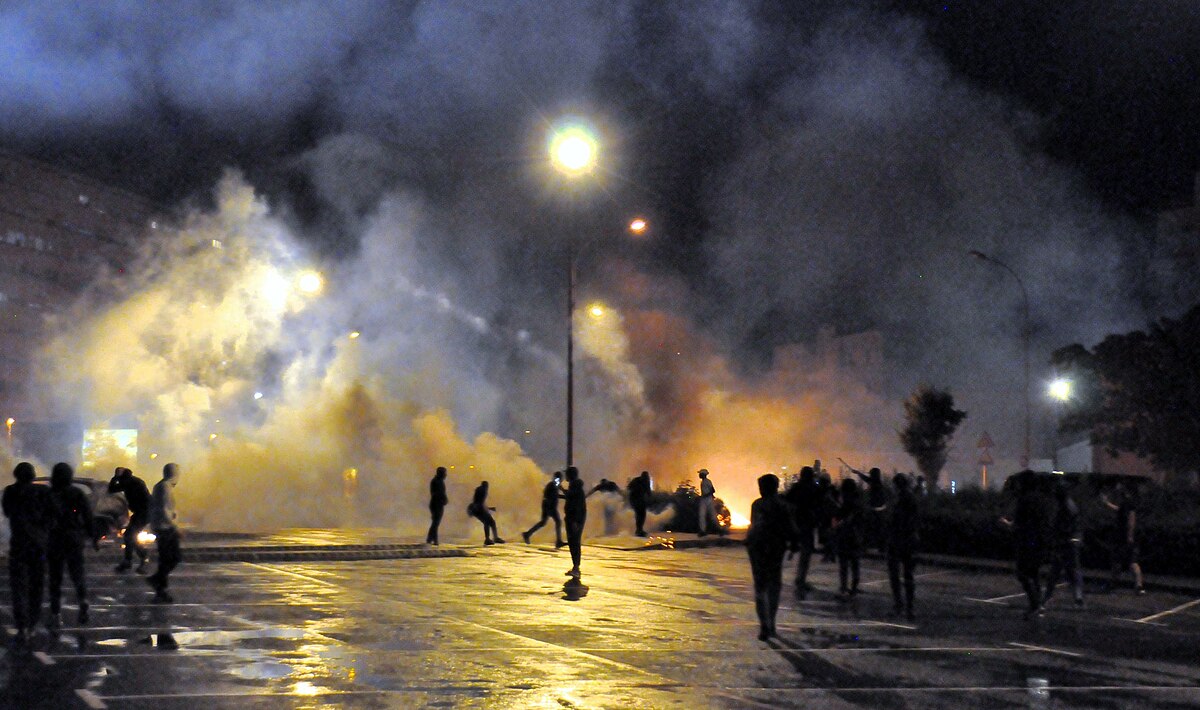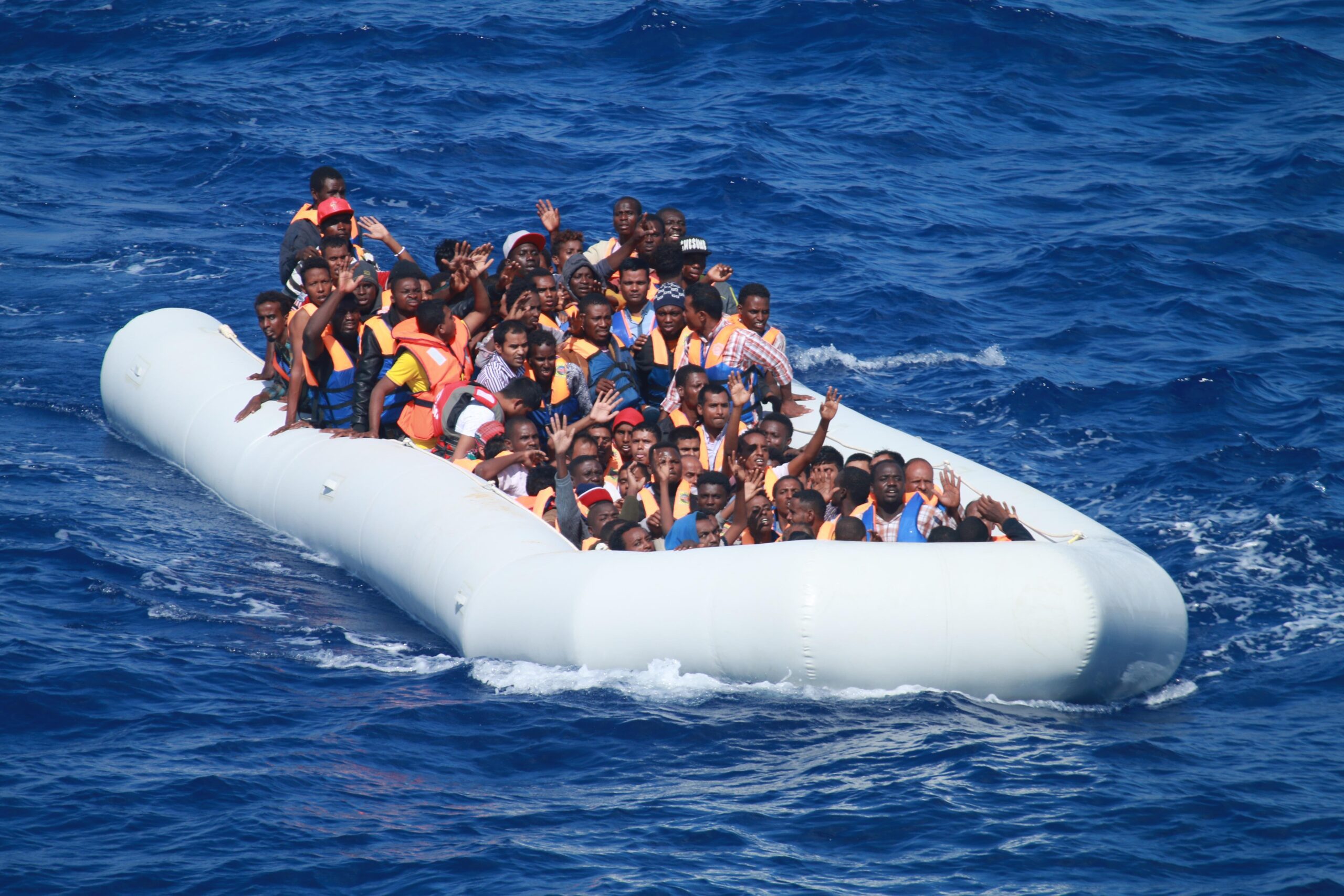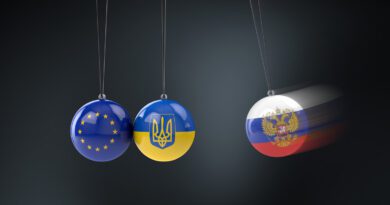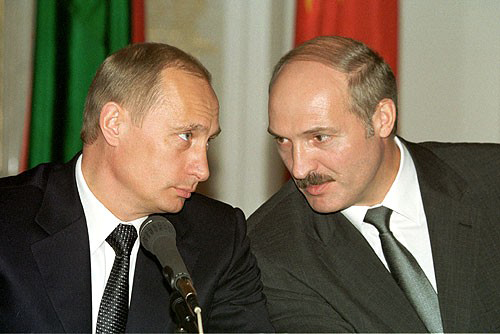Mass immigration in France: the last alarm call before civil war?

Was the street war launched after the police shooting of a 17-year-old in France just another rampage by migrants with no connection to their host country, or the beginning of something more tragic?
Olivier Bault
In 2016, Laurent Obertone wrote a novel about France’s descent into civil war, with the title “Guerrilla”. The description on the back cover reads: “A police intervention in a no-go district turns into a drama: a policeman caught in an ambush loses his nerve and fires indiscriminately. The district goes up in flames and the whole country is teetering. Fire spreads from city to city and the Republic disintegrates.”
Obertone described a situation in which the cumulative actions of angry suburban youth, Islamic terrorists, and leftist militias led to the collapse of the French Republic in just a few days. Was it a similar spark that fell on the French powder keg on June 27?
What will happen next?
It all started in Nanterre, a city on the outskirts of Paris. According to prosecutors’ preliminary findings, two police motorcyclists spotted a yellow Mercedes A-class car with Polish plates (many car rental companies in France insure and register cars in Poland, ed.) driving at high speed in a bus lane. The police officers began a chase with flashers on. When the car stopped at a traffic light, they attempted to pull the driver over, but he set off again and ran the red light. The man behind the wheel was 17-year-old Nahel Merzouk. He did not have a driver’s license and already had a police record, including for his previous refusals to stop for traffic checks.
Further pursuit of the young man of Algerian origin and his two passengers lasted over 20 minutes. The driver ran more red lights and nearly hit a pedestrian and a cyclist on a pedestrian crossing. But he then got stuck in traffic. The two police officers got off their motorcycles and pulled out their guns. However, when the traffic cleared Nahel pushed the accelerator again. One of the officers fired and hit Nahel in the chest through his left arm. The policeman’s lawyer claims that he was aiming at his leg, and that the movement of the car pushed up the arm holding the gun. The officers also claim that they were scared that the vehicle would press them against the wall behind them.
A 17-year-old friend and passenger of Nahel stated in a video he posted online that the second police officer had said: “shoot him.” However, after analyzing the video footage, the IGPN (the French police inspectorate) concluded that the police officers only shouted for the driver to turn off the engine and ordered him “hands behind your head.”
An “angel” vs. “racism” in the police force
The identity of the police officer who fired the shot has not been disclosed. All that is known is that he is 38 years old, married and has children. He is a former member of the military. For the past year, he had been a police motorcyclist in the Hauts-de-Seine department, where Nanterre is located. No specific issues have been reported in his past service. On the contrary, two years ago he was decorated for bravery after apprehending the perpetrator of a kidnapping and robbery. This was not his first decoration, and he has received letters of congratulations eight times for his service in the police.
Nahel, whom football star Kylian Mbappé (a Frenchman of Algerian descent by his mother and Cameroonian descent by his father) called an “angel” in a comment after the shooting, was no angel. Before he was killed while attempting to flee the police, he had been arrested 12 times for driving without a license, drug use and possession, and receiving stolen goods.
Without waiting for the investigation, a large part of the French political and media establishment began blaming the policeman and pointing to racism in the police. President Emmanuel Macron himself said Nahel’s death was “inexcusable,” which clearly implied the police officer’s guilt. Did he want to cool tempers by doing so? If so, it rather had the opposite effect. Likewise, arresting the officer as soon as he was charged, while in such a case a police officer would normally stand trial without being detained, did not help.

French police officers are accustomed to being treated likewise in clashes with young criminals from “sensitive” urban districts. Many years ago, a good friend of mine, a policeman working in the 8th district of Lyon at the time, told me that if he sees a white Frenchman of mature age running a red light, he will chase him down and stop him. But if he sees a group of young Arabs failing to stop at a red light, driving an expensive car, possibly stolen, then he pretends not to notice. Otherwise, whatever happens, the policeman will be on the losing end. If there is resistance, he will either be killed by better-armed opponents, or risks shooting someone down and getting “screwed up” because his superiors will not take his side. At best, the young immigrants will not resist, but then a judge will simply let them go, so it is a waste of time.
Such cowardice on the part of superiors in the police and gendarmerie and those ruling the country at various levels has been around since at least the beginning of the century, and this has been a characteristic of both left- and center-right governments.
The French know this, as was shown by the fact a fundraiser for the family of the jailed police officer had already attracted over one million euros after just four days. It was set up by Jean Messiha, a former politician from Marine Le Pen’s party, and later from Éric Zemmour’s party. Messiha is himself a Frenchman of Egyptian (Coptic) origin. The amount raised by Messiha far exceeded another fundraiser for Nahel Merzouk’s family.
In this case, the politicians’ and mainstream media’s cowardice was accompanied by France’s far left, including the parliamentary left, expressing their support for the angry youths from the suburbs. These, on just the second evening after the young Algerian was shot dead, went on to attack law enforcement officers and other representatives of the hated French Republic, including firefighters putting out the fires they had lit. Cars, buses, and trams were burning. There have also been cases of Molotov cocktails being thrown at public transportation carrying people, so it was decided to shut down evening public transportation in major cities and impose night curfews in many municipalities. The “protesters” targeted police stations and posts, courts, city/town halls, libraries, schools, kindergartens, passing cars, especially with whites inside, city infrastructure, and so on. In Lyon city center, a charge exploded in front of a post office during the unrest, fortunately outside opening hours.
Less than a week after Nahel Merzouk’s death, the head of the MEDEF employers’ union estimated the losses generated by the unrest to private businesses at about €1 billion. Preliminary estimates put the direct cost of damage to public infrastructure at around €200–250 million. In the Paris metropolitan area alone, 25 city buses and two trams were completely destroyed in less than a week.
Of the 45,000 police and gendarmes deployed by the Interior Ministry, more than 700 suffered injuries in the course of six nights.
Growing scale of violence
The last time riots on this scale, involving cities in different parts of the country, took place in France was in 2005, following the deaths of two teenagers electrocuted in a transformer substation where they had hidden while fleeing from police.
However, police officers and gendarmes say the scale of violence and fury was greater this time, and that social media have contributed to a much faster spread of rioting and to incomparably greater coordination among participants. In addition, this time the violence also spilled over into city centers.
The rioters, as can be seen and heard in photos and videos, as well as on social media, are mostly people of color, largely Arabs and blacks. They often invoked Allah and referred to their Muslim identity. For example, in the town of Givors (not far from where I grew up myself, south of Lyon), when an elderly Frenchman began firing a shotgun in the direction of a destructive mob, the call went out on social media: “Someone is shooting at Muslims!” In the Breton city of Brest, meanwhile, a group was gathering on a messaging platform to attack a gay bar, with calls to crack down on “fags” “in the name of the Quran” and “Allah.” The bar had to close quickly. Media outlets all over the world published a photo of a Muslim woman at the funeral of young Nahel. She was dressed in a burqa, leaving only her eyes visible (which is forbidden in public in France). She was also carrying a placard with the inscription: “Justice for Nahel! Allah y rahmo!” (“May Allah be merciful to him”).
Some of the most shocking incidents of violence included the massive looting of stores in the famous Les Halles shopping malls in Paris’ 1st District, the attack on a bus carrying Chinese tourists, also in Paris, and the attack on two police officers in Marseilles. The two men were recognized as they were returning home in civilian clothes after work. They were stabbed and kicked on the ground by a group of enthusiastic young Arabs, and had to be evacuated to hospital with serious injuries. Today in France, many families of police officers live in fear, as their names and addresses often circulate on the Internet, and they are sometimes recognized and assaulted on the streets. Often, it does not seem to matter to the attackers that a policewoman happens to be with her young children.
One of the most drastic events in the days of major unrest was the attempted arson attack on the house of the mayor in the town of L’Haÿ-les-Roses on the outskirts of Paris. While the mayor himself, Vincent Jeanbrun, was on guard at the town hall surrounded with barbed wire, his wife and children, aged 5 and 7, were home. The attackers rammed the gate of the property with a car. Then they set the car on fire and tried to push it onto the veranda in front of the house. When Mrs. Jeanbrun fled the house through the back exit with her children, they pursued her for some time. Fortunately, she could be rescued, but she had to be taken to hospital with a broken leg, and one of her children had a cut above one eye. The local prosecutor’s office has opened an investigation into a possible crime of attempted premeditated murder.
On June 30, two major police unions, UNSA-Police and Alliance, issued a communiqué stating that “France is already at war” and that “in the face of savage hordes,” republican order must be “restored” and these “vermin” must be neutralized by force, using “all means to restore the rule of law as soon as possible.” The message also warns the government of Prime Minister Élisabeth Borne and President Macron that once the situation is under control, police officers will enter a phase of “resistance” in the face of politicians’ inaction and lack of support for those in charge of law enforcement.
After a week of unrest, it seemed that France’s law enforcement forces were beginning to get the situation back under control. The number of riots and attacks on people (mostly white) and property was falling, as well as the number of police officers injured and arrests made on successive nights. The first fast-track prison sentences were kicking in. The fast-track judicial procedures apply only to adults, and the average age of those arrested was 17. A week after Nahel’s death, 360 of the approximately 3,300 arrested had heard their sentences.
However, experts and commentators warn against excessive optimism. “This situation should be analyzed not in terms of what is happening now, but in terms of what could happen if it gets out of control,” Gendarmerie Colonel Philippe Cholous said Sunday night, July 2, on CNews television. “There is anger in the suburbs, of course, but I think there is also anger among the middle class, the decent citizens, France’s working people. There is also great resentment among the forces of law and order, who are very often left out to dry by the political classes. Nahel’s sad death was an example of this. […] The level of irritation and resentment, the level of violence and, above all, the fact that in some areas there is real hatred of France and weapons circulating: all this makes the potential explosive. And just because fewer vehicles are being set on fire or fewer stores are being looted doesn’t mean the potential risk is diminishing,” he pointed out.
Will the events that shocked France and the world after a police officer shot down a 17-year-old be a sobering experience for the French? Will the French political class, outside of Marine Le Pen’s camp, which has been warning against such a development since at least the 1980s, finally begin to push for the national interest, restore the rule of law, and put the brakes on immigration, where numbers have been breaking new records under successive presidents? Officers of the gendarmerie, army and counterintelligence services have long warned of the danger of civil war in France, and top politicians have also pointed out the existence of such a risk. In 2018, Macron’s first interior minister, Gérard Collomb, after he resigned from his post, warned that the French were living side by side but could soon be facing each other. Speaking to reporters, he explained that he believed France had about five or six years left to reverse the process, after which it would be too late. Although a socialist, he also made it clear that he saw a close connection between excessive immigration and the decay of French society. This was five years ago. Isn’t it already too late?
This article was published in July 2023 in “Do Rzeczy” magazine.



